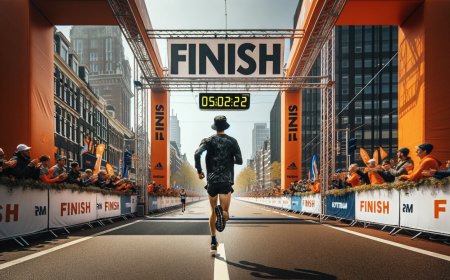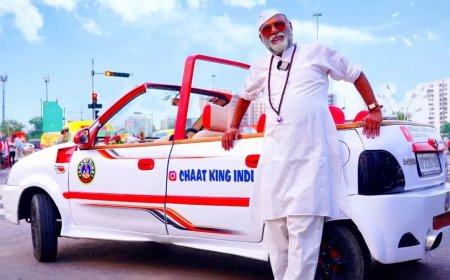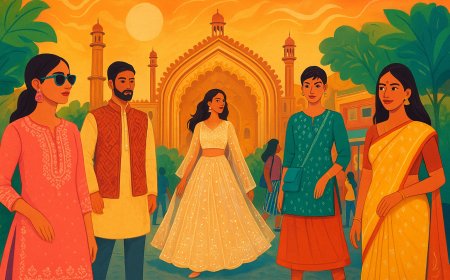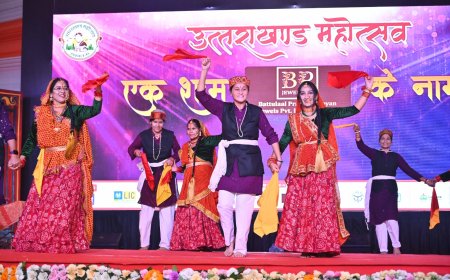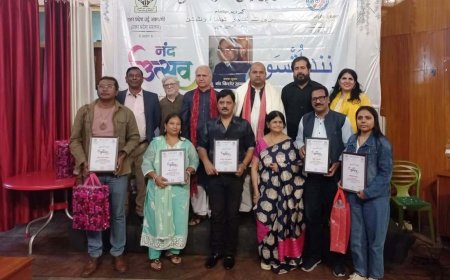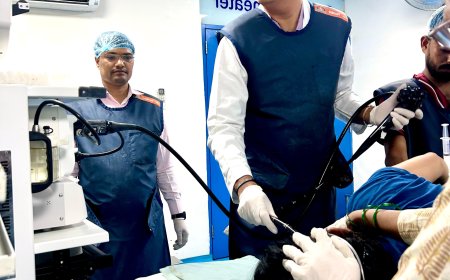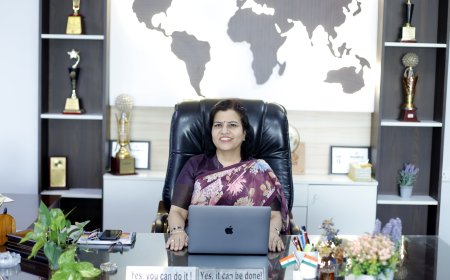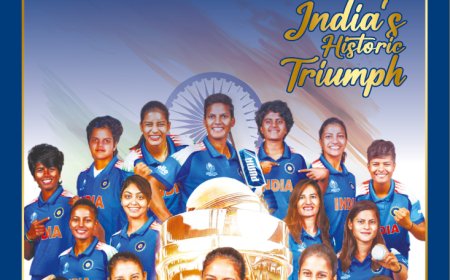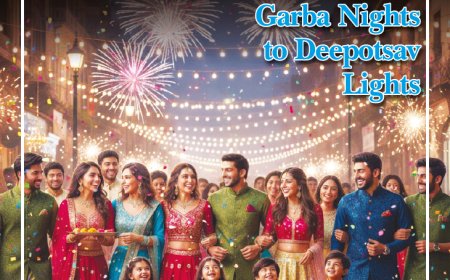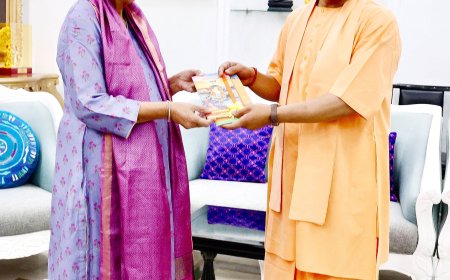Lucknow on the Reel: The City Where Every Frame Tells a Story

Lucknow, the capital of Uttar Pradesh and once the glittering seat of the Nawabs of Awadh, has evolved into one of India’s most irresistible filmmaking hubs. Fondly known as the City of Nawabs or Shiraz-e-Hind, it is a living film set—where history, culture, and tehzeeb (etiquette) still breathe through the alleys, architecture, and accents. From Satyajit Ray’s Shatranj Ke Khiladi (1977) to Shoojit Sircar’s Gulabo Sitabo (2020), the city has hosted over 500 Hindi, regional, and OTT projects in recent years—making it one of the busiest shooting zones outside Mumbai.
But what exactly draws filmmakers like Anubhav Sinha, Vishal Bhardwaj, and Shoojit Sircar back again and again? The answer lies in a perfect mix of visual grandeur, cultural authenticity, government incentives, and logistical ease—turning Lucknow into Bollywood’s favorite backlot on the banks of the Gomti.
Architectural Splendor: Palaces, Havelis, and Labyrinths on Camera
Few cities in India can match the cinematic drama of Lucknow’s skyline. The so-called Lucknow School of Architecture—an 18th- and 19th-century fusion of Mughal, Baroque, and Persian styles—offers ready-made backdrops that need no CGI enhancement.
The Bara Imambara, with its vast vaulted halls and mysterious Bhool Bhulaiya maze, has appeared in Umrao Jaan (1981, 2006) and Ishaqzaade (2012). The glittering Chota Imambara, decked with Belgian glass chandeliers, framed the poetic romance of Dedh Ishqiya (2014), while the towering Rumi Darwaza became an iconic entryway in Tanu Weds Manu and its sequel.
Old Lucknow’s Chowk area—with its tangled alleys, jharokhas (balconies), and pastel havelis—provides an authentic rustic setting for crime and drama. Films like Bullet Raja chased goons through these bylanes, while newer web series have turned the decaying Dilkusha Kothi into ghostly estates. As director Muzaffar Ali puts it, “Lucknow’s intangible heritage—its sophistication in language and living—catches the imagination.”
And for filmmakers on a budget, opulent landmarks like Jahangirabad Palace or Safed Baradari offer grandeur at practically zero cost—no green screens required.
Cultural Depth: Tehzeeb, Kebabs, and the Heartland’s Pulse
The shift of Indian cinema toward heartland narratives—stories rooted in Uttar Pradesh’s small towns and moral complexities—has placed Lucknow firmly in the spotlight.
Films like Article 15 explored caste atrocities in real Lucknow police stations; Raid recreated the 1981 tax raids at Shivgarh Palace; and Daawat-e-Ishq (2014) turned Tunday Kababi into a culinary love story. In Bala (2019), chaos in Aminabad became the pulse of middle-class aspiration.
Beyond its backdrops, Lucknow’s people and dialect bring authenticity that studios can’t simulate. The city’s Urdu-infused cadence—sprinkled with “aap-janaab” and “adaab”—lends every dialogue a lyrical texture. Kangana Ranaut’s fiery Tanu or Ayushmann Khurrana’s Awadhi-speaking cop both echo this linguistic soul. As Vogue India noted, “Lucknow’s balance of traditional values and modern ideas provides the perfect cinematic backdrop.”
Even web series like A Suitable Boy and Mirzapur have tapped into this world, filming at La Martiniere College and Kakori to evoke colonial nostalgia and cultural tension alike.
Government Support: Red-Carpet Incentives
Uttar Pradesh’s film-friendly policies have given Lucknow a decisive edge. Under the UP Film Policy, productions receive up to ₹2 crore in grants, 100% GST reimbursement on local spending, and free police security.
The state’s Film Bandhu portal simplifies permissions through a single-window clearance system—permits are often issued within days, with nodal officers assisting in every district. The result? In 2023–24 alone, film investments worth ₹1,500 crore poured into the state.
Meanwhile, the upcoming Noida Film City—spread over 1,000 acres at an estimated ₹10,000 crore—will replicate Lucknow’s havelis, Kashmir’s peaks, and Kerala’s lagoons under one roof. Complementing it, the new Film University trains actors and technicians in modern craft, ensuring that the region not only hosts films but also produces cinematic talent.
Ease of Access and Local Talent
Lucknow’s connectivity adds another layer of convenience. The Chaudhary Charan Singh International Airport links directly to Mumbai and Delhi, while the Lucknow-Agra Expressway allows film crews to shuttle swiftly across locations.
Luxury hotels like Taj Mahal Lucknow or Lebua cater to film units, while the picturesque Gomti Riverfront has hosted music videos and song sequences for movies like Bhediya (2022). The city’s homegrown actors—like Nawazuddin Siddiqui and Anil Rastogi—continue to inspire a new generation of artists. Initiatives like Lucknow Film Forum’s “Aao Film Banaye” and BBAU’s film festivals are grooming local talent for the national stage.
Iconic Films That Put Lucknow on the Reel Map
- Classics: Shatranj Ke Khiladi (1977), Umrao Jaan (1981)
- Rom-Coms: Tanu Weds Manu (2011, 2015)
- Foodie Tales: Daawat-e-Ishq (2014)
- Courtroom Drama: Jolly LLB 2 (2017)
- Social Commentaries: Gulabo Sitabo (2020), Raat Akeli Hai (2020)
- Recent Blockbusters: Mission Majnu (2023), Raid 2 (2024)
Each of these films, in its own way, turned Lucknow into a character—alive, layered, and essential to the story.
OTT the real driver
Of course, the city isn’t without challenges. Crowds often swarm film sets—Varun Dhawan and Janhvi Kapoor’s Bawaal (2023) shoot needed barricades. The monsoons flood old streets; summers scorch at 45°C. Yet, the OTT boom has ensured a steady stream of productions. Platforms like Netflix and Prime are eyeing Lucknow for upcoming projects, with Paatal Lok 2 rumored to shoot here in 2026.
And with UNESCO’s 2024 tag naming Lucknow a Creative City of Gastronomy, filmmakers now see potential in blending food tourism with cinematic storytelling.
Why Lucknow Outshines Mumbai’s Studios
Mumbai offers convenience—but Lucknow offers soul. Its heritage, manners, and language elevate cinema from spectacle to storytelling. As one producer aptly remarked, “In Lucknow, history breathes—free of cost.”
With over 300 shoots annually and new infrastructure on the rise, the City of Nawabs is no longer just a location—it’s a living, breathing character that shapes every frame it inhabits.
Directors don’t just shoot in Lucknow—they let Lucknow shoot through them.
What's Your Reaction?











